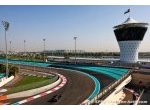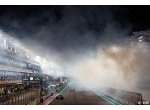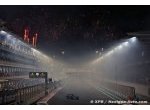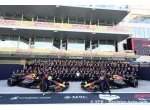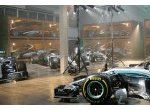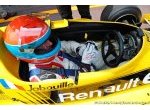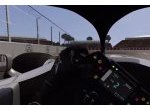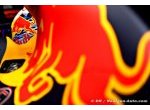Renault F1 launch: Q&A with Nick Chester
Renault Sport Formula One Team Chassis Technical Director
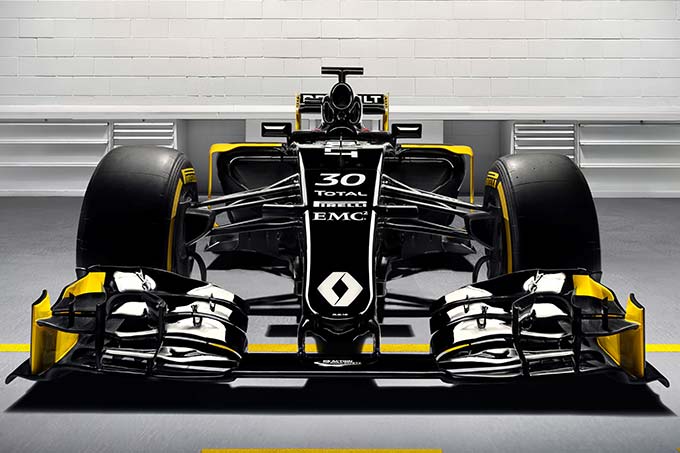
Nick graduated from Cambridge in 1991 to join Simtek Research in vehicle simulation, moving to their Formula 1 entry in 1994. He joined Arrows Grand Prix in 1995, first for vehicle simulation then suspension design before becoming Performance Engineer for Damon Hill and Pedro Diniz (’97) then Race Engineer for Mika Salo and Pedro de la Rosa (’98-’99).
In 2000 his Enstone career began, joining Benetton as Test Engineer to Alexander Wurz, Giancarlo Fisichella and Mark Webber. He later became Performance Engineer for Fisichella (’01) then Jarno Trulli (’02-’04); helping the Italian to his first and only Grand Prix victory in Monaco in 2004.
From 2005 Nick took on the position of Head of Vehicle Performance Group, governing suspension, brakes and simulation. VPG played a key role bringing both the Constructors’ and Drivers’ World Championships back to Enstone in the 2005 / 2006 seasons and introducing the ‘tuned mass damper’ system that would prove a major innovation of the period.
In 2010 he became Head of Performance Systems, overseeing the VPG as well as Control Systems and Dyno operations. Additionally he oversaw the planning and introduction of Enstone’s driver in the loop simulator. From 2011 Nick was Engineering Director, responsible for planning and delivery of the race winning E20 and E21. 2013 saw Nick step up to Technical Director and responsibility for design direction and development of E21, E22, E23 and R.S.16.
What can you tell us about the R.S.16?
The R.S.16 will be the third car produced by Enstone since the era of the V6 hybrid regulations came into play. It builds on all the lessons learnt from our previous two cars and can be seen as an evolution from the E22 and E23. For the second year running we’ve changed power unit and certain elements of the gestation period for the R.S.16 have been very short, however we think we’ve got a solid baseline to work from.
Can we expect any surprises from the R.S.16?
We want a stable base to enable us to introduce developments through the year. The first iteration shouldn’t have any surprises but we’ll be working on a number of aspects to improve the car through the season as well as lay the groundwork for 2017 and beyond.
How tight has the timeline been for the R.S.16?
Very. We were advanced with the development of our chassis with the previous power unit but our focus shifted as the likelihood increased - and was ultimately confirmed - that we would become part of the Renault family once more. It’s fair to say we’ve been very, very busy!
How different is the technical situation in Enstone relative to that twelve months ago?
We’re now Renault and we have a long term project ahead of us, which is very exciting. We are able to plan long term now, which will help us develop and enable us to look into new areas. Already we’ve seen that we can make terrific progress in a short timeframe without the struggles we had last year to get all the components for the car ready.
What’s the balance between the long term programme and the short term needs for the 2016 challenger?
It’s something of a juggling act in the short term. It was a very late switch in the development programme for the 2016 car, which has meant a tight schedule with the chassis. It’s been a super compact programme, but we’ve seen with the homologation of the chassis that we can react quickly and do a great job. The response of the workforce at Enstone has been terrific. After all the travails of the past, everyone is back and firing on all cylinders working relentlessly on the tasks at hand. It’s amazing to see.
What are the technical objectives for the season?
We have a focus on developing the building blocks to help us progress for 2017. We want to improve reliability, develop the integration between the chassis and the power unit, all with the target of having a far more integrated car for the future. A lot of our focus is also about building the team and the infrastructure. 2016 is about getting the car out and learning lessons on track as we build the team rather than having set aspirations for on-track performance.
How much change do you expect in the infrastructure at Enstone?
Building up the many departments at Enstone is very much part of the current programme and we’re interviewing for a lot of new positions. By the end of 2013 we were around 100 people fewer than we’d been before and the task now is recruiting the best people to strategically build the team through 2016. We also have access to more physical resources than before so we can fully deploy our departments as they exist now to enable full utilisation of the personnel we currently have.
